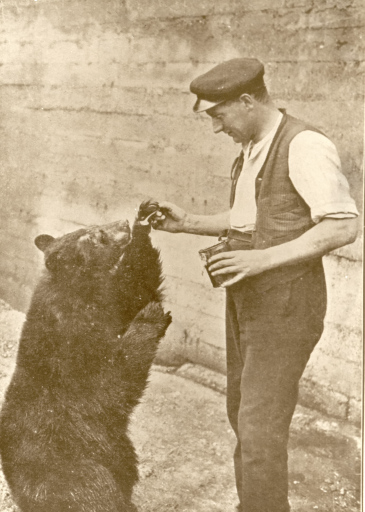On 24th August 1914, en route to war in Europe, Lieutenant Harry Colebourn purchased a black bear cub at White River, Ontario. He called her Winnie after his hometown in Winnipeg, Lt. Colebourn took her with him to England, where his regiment was training. The bear became the pet of the soldiers and the mascot of the regiment. She was left at ZSL London Zoo for safekeeping when the regiment went to fight in France. When the war ended, Lt. Colebourn donated Winnie to ZSL London Zoo in appreciation of the care that had been taken of her in those years, and in recognition that Winnie had become a great favourite with visitors. Winnie was said to have a remarkably good nature, was very tame, and could be stroked and played with. The author A.A. Milne and his son Christopher were frequent visitors to Winnie. As a result, Winnie the Pooh was named after her. A statue of Winnie was presented to ZSL London Zoo by the people of Manitoba on 19 July 1995.
Learn more about these famous ZSL animals by searching for them in the ZSL Archive catalogue.
View In Archive

